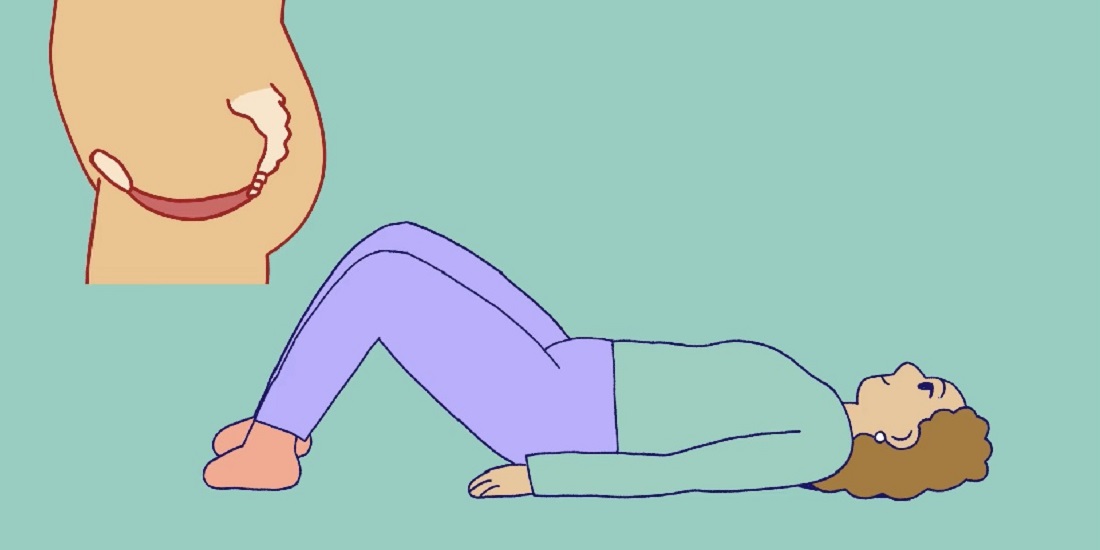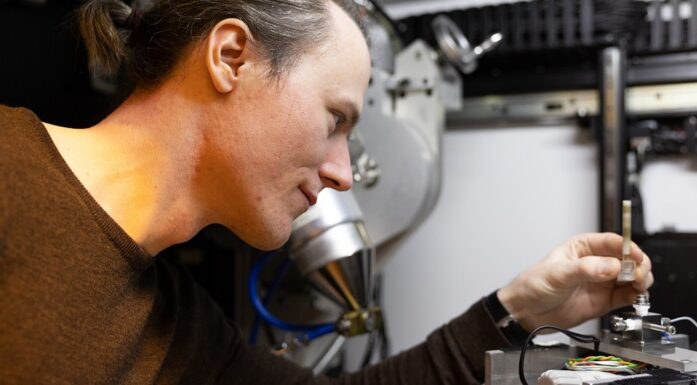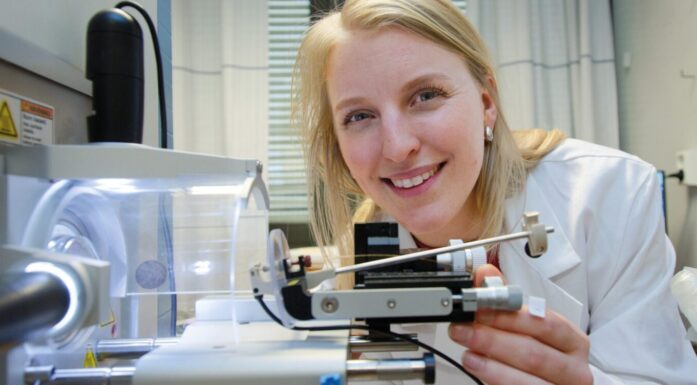Women get help with pelvic floor exercises
Women’s health continues to be given low priority. But a new video provides important information on how to strengthen the pelvic floor after childbirth.
As a digital product and service designer, I have worked with health workers and women’s health in a number of countries in the EU, South Asia and in Norway. It’s pretty much the same everywhere: women’s health is not a priority.
In Norway, too, there is a lack of service design and deficiencies in sharing information when it comes to helping women improve their health.
Three days a week, just after lunch, new mothers at St Olav’s Hospital in Trondheim are offered good advice on how to prevent pelvic problems after childbirth. But this information isn’t always delivered on the woman’s terms.
That’s why we made an online animated film with knowledge-based content that women can watch whenever they want. The hope is that this can help the women on their own terms.
- You might also like: Exercise during pregnancy can give the child stronger bones
Not enough information about pelvic floor exercises
Since the 1990s, much research has been done on how pelvic floor exercises can prevent injuries that a woman’s pelvic floor is exposed to during birth. But this information isn’t spread widely enough.
Although pregnancy and childbirth are natural, being pregnant has consequences for the woman’s abdomen.
Every year, between 50 000 and 60 000 children are born in Norway. Nevertheless, women know very little about pelvic floor exercises.
A strong pelvic floor muscle is important in supporting the pelvic organs and in helping women avoid bladder problems. At birth, the length of the pelvic floor muscle more than doubles, which can result in injuries or weaken it.
Although pregnancy and childbirth are natural, being pregnant has consequences for the woman’s abdomen.
Health consequences of births
Let’s look at a few key figures. Fifty eight per cent of pregnant women in Norway have urinary incontinence, and 24 per cent can have faecal incontinence with flatulence.
Three months after childbirth, up to 33 per cent of new mothers have urinary incontinence and 19 per cent can have faecal incontinence and associated flatulence. Up to 50 per cent of these women can have weakening of the pelvic floor in the form of prolapse and a feeling of heaviness.
Women are uncomfortable talking about these symptoms, even though they significantly affect the quality of life.
Four out of five get better with exercise
The positive news is that 80 per cent of women who develop these problems get well or improve significantly through structured training. But women need to know about this training, and they have to do the exercises systematically over time.
Signe Nilssen Stafne, a women’s health researcher and physiotherapist from NTNU (now at St. Olav’s Hospital) contacted NTNU’s Department of Design. This was the start of an important collaboration between health and design.
Stafne brought her important knowledge of pelvic floor exercises to the collaboration, while our department brought our expertise in user-centered product and service development, concept visualization and storytelling.
Money creates collaboration
We applied to NTNU for health research funding to promote collaboration across departments at the university and were awarded NOK 120,000.
We developed the concept together, and then involved end users and experts, defined content and developed storyboards for an animated film.
We tested the concept and content several times on health experts and end users. The purpose was to ensure that the message met the needs of the women and that the content was scientifically correct.
The finished animation can be seen here.
Info and training in 16 minutes
We chose visualization through animation over real actors, because visual elements related to actors can sometimes become outdated.
But why provide animated films as an online digital service? Because becoming a parent involves big life changes. Mothers put their child’s needs first, and there can be little time for follow-up of the mother’s physical health in the period immediately after birth.
An online, digital service can more easily reach women when they have time.
The internet is home to a number of movies about pelvic floor exercises, but not everything is scientifically based. Our animated film gives viewers both scientifically based knowledge about the benefits of pelvic floor exercises, and scientifically validated techniques for doing them — all in 16 minutes.
The final part of the animated film leads women through the exercises step by step, and with recommended time intervals for pinching exercises.
- You might also like: The unsolved mystery of children’s bad teeth
19,000 have seen the film so far
There has been no research on whether an animated film like this contributes to improving women’s health during pregnancy and after childbirth. But we think this is a sound contribution because the information is always available to the women.
One factor in our success is that two academic environments in health and design, which you might think are some distance apart, worked together to deliver a solution to meet a societal challenge.
The animated film has been viewed more than 19,000 times since we posted it on St Olav’s Hospital’s YouTube channel in 2022. Viewers can also find it on Helsenorge.no.
My colleagues and I hope that more people can communicate basic and important knowledge about personal health to women. One key piece of advice we have is to design user-centered products and services through a collaboration between health experts and designers.







